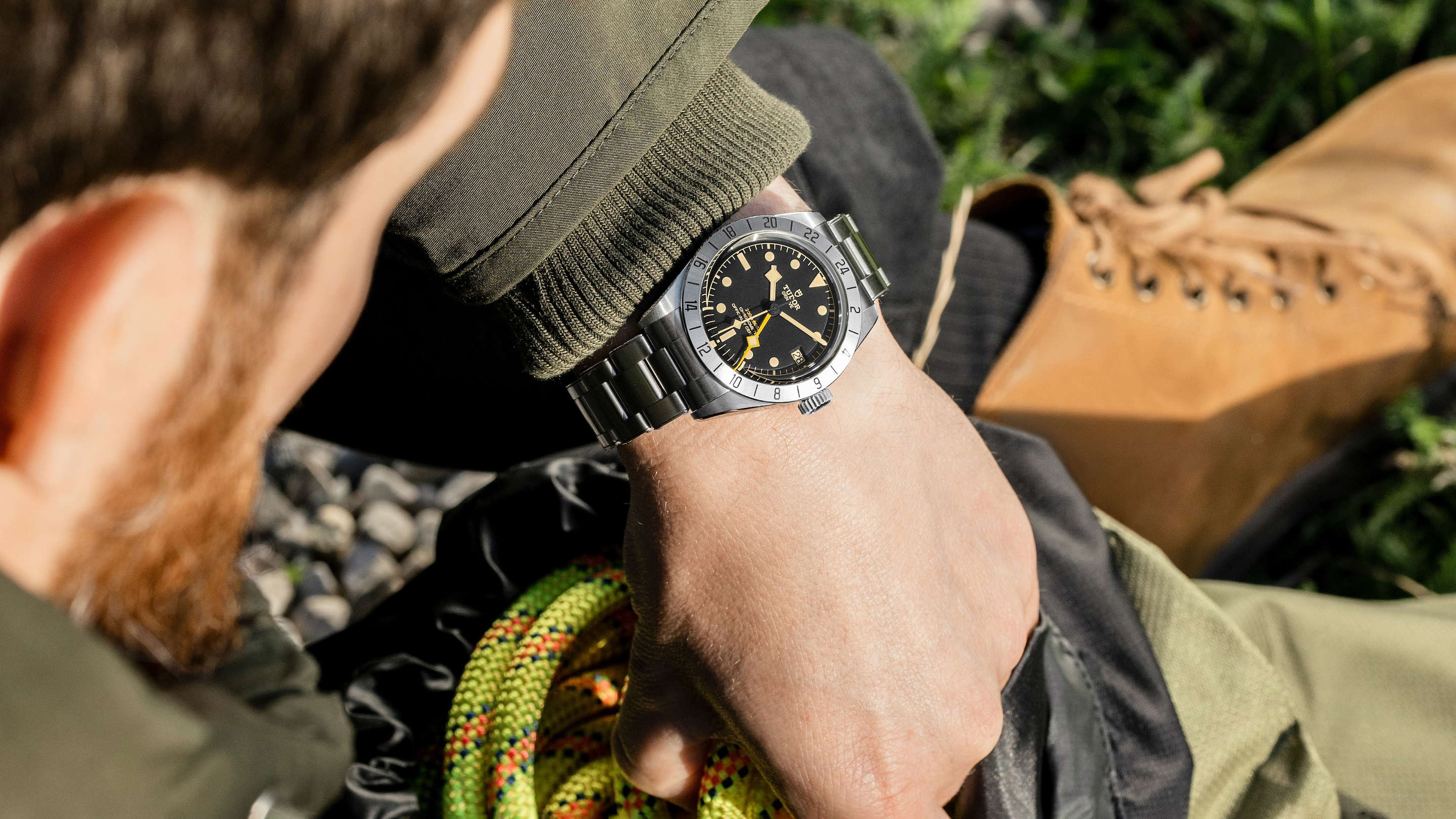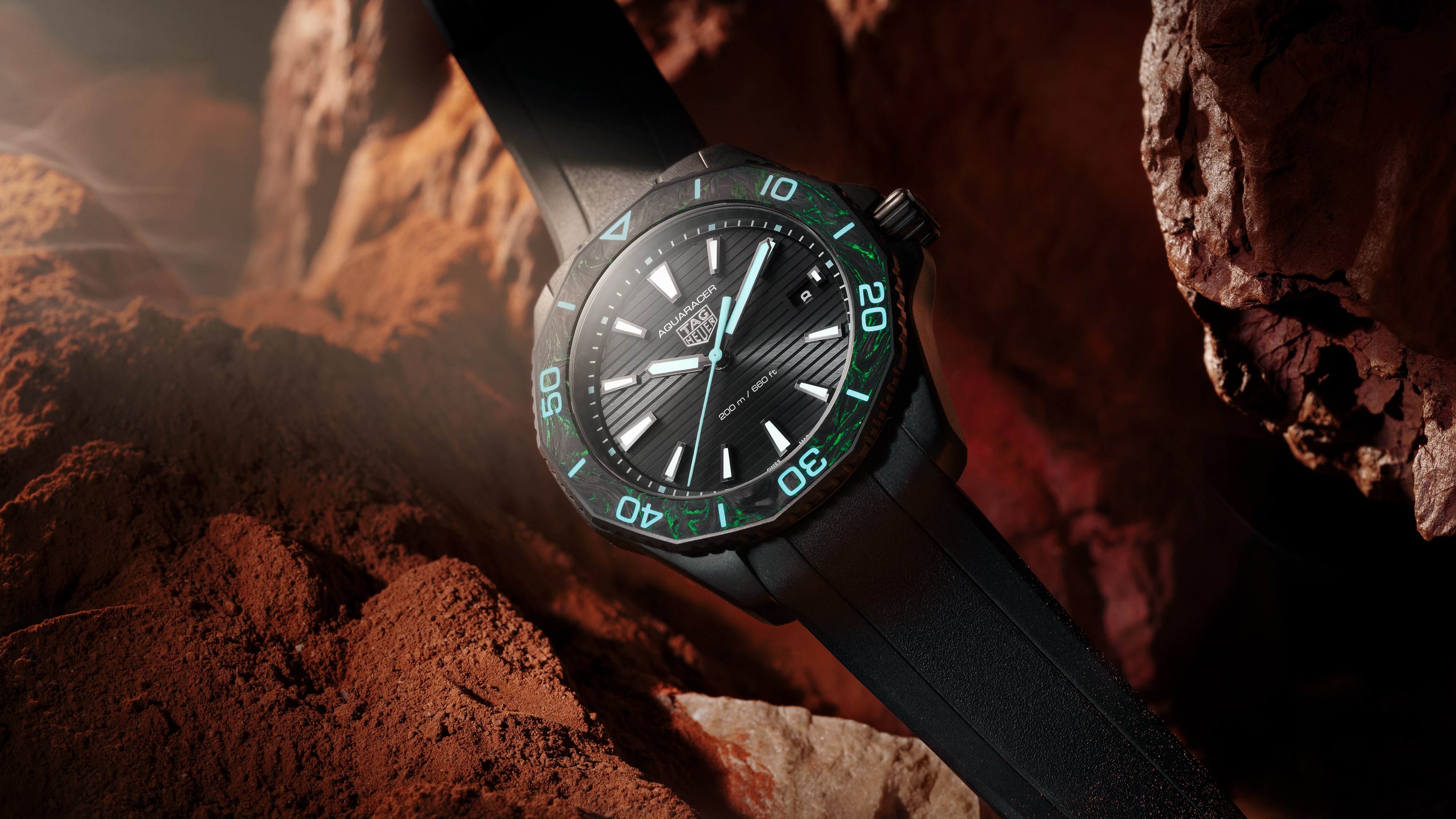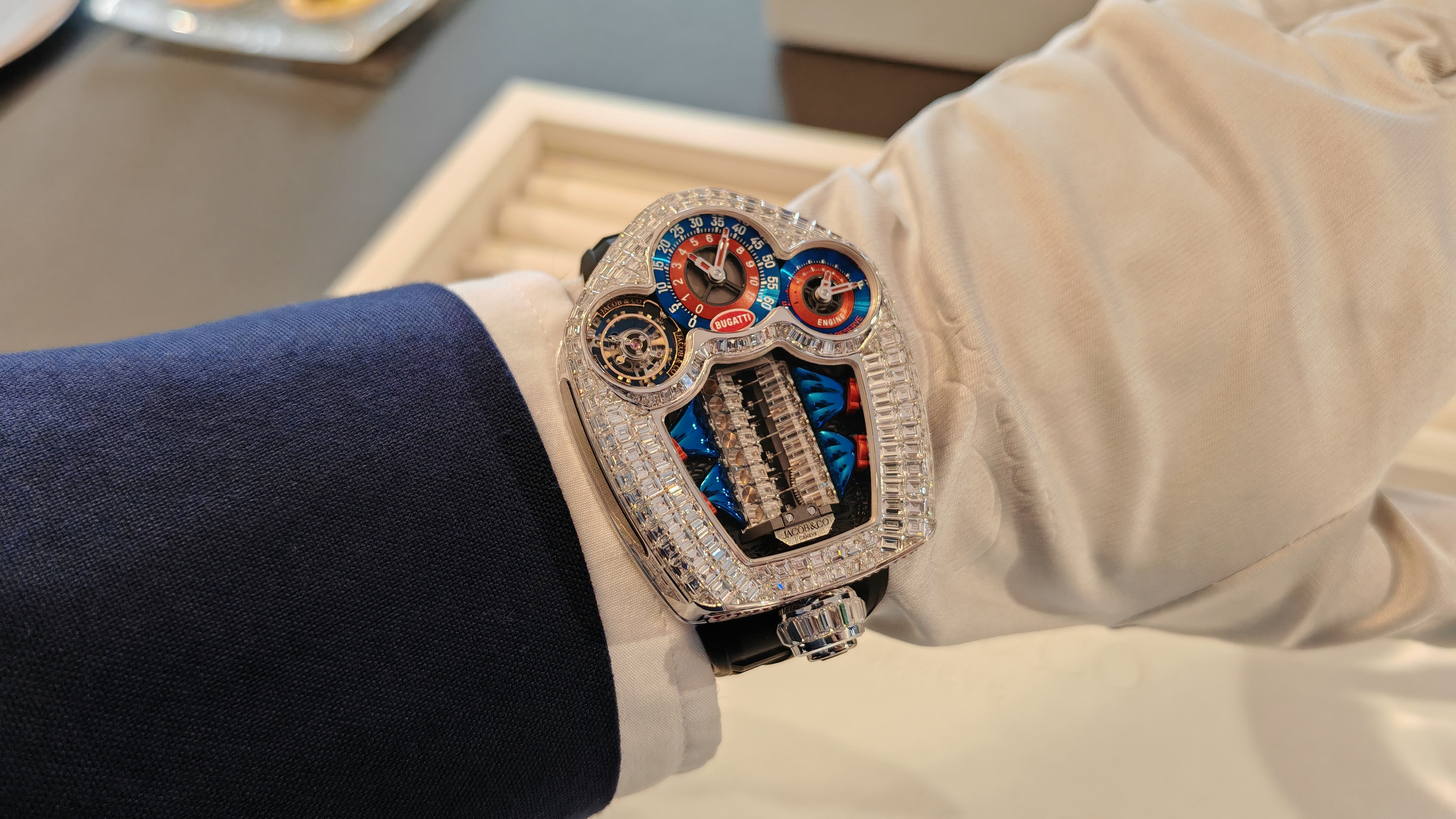

Mechanical watches are capable of bringing so much joy to their owners, and while some people might think smartwatches or fitness trackers are more useful, true purists know that nothing can beat a traditional watch. They make a statement about your style and show an appreciation for craftsmanship and engineering.
If you've been wearing mechanical watches for years, it's common to fall into a habit of making mistakes – just like how a seasoned driver might not pass their driving test if they had to re-take it – a seasoned watch-wearer might be ruining their watch without realising it.
I've been lucky to review a number of luxury watches for T3 and I have a pretty extensive collection that I keep in rotation too, so over the years, talking to various watch brands and experts, I have picked up a few tricks that I really wish I'd known when I first started collecting watches.
I'm guessing these simple tricks will be useful for other people too, so, without further ado, here are the mistakes you can easily avoid when wearing and storing watches.
1. Exposing watches to strong magnets
This one especially applies to vintage watches – magnets are a watches worst nightmare. When a watch gets magnetised, its balance spring and other small, fast-moving parts in a watch escapement start sticking together. This will cause the watch to start running fast, slow, or stop altogether.
It's particularly difficult to avoid magnets completely as they're everywhere nowadays, from iPhone cases to bag clasps, speakers, and kitchen appliances.
Most modern watches have some form of magnetic resistance, which that's using a balance spring made from a non-magnetic material (usually silicon) or encasing the movement in an anti-magnetic cage.
Sign up to the T3 newsletter for smarter living straight to your inbox
Get all the latest news, reviews, deals and buying guides on gorgeous tech, home and active products from the T3 experts
For vintage watches, you should be mindful of magnetic fields, and, if it does get magnetised, then you'll need to run it through a watch demagnetiser.
2. Changing the date at the wrong time
If your watch has a date function then you should know about the 'Date change danger zone'. Changing the date on your watch during this time can cause damage to the moment and misalignment of the date window.
The danger zone of watch setting is usually between the hours of 9 PM and 3 AM. During this time the gears are in motion to switch the date, so if you try to force it manually you could snap teeth or pins in the gears.
To avoid this, it's safest to only change the date of a watch when both hands are pointing to 6 – that way you know you're not in the danger zone.

3. Not storing watches correctly
Incorrectly storing a watch can take a toll on it over time. This could be in extreme temperatures, high humidity, or direct sunlight. This could cause watch dials to fade, lubricants in the movement to dry out, or moisture to get into the watch – all of which could be expensive to fix.
It's best to keep your watch at room temperature in something like a watch box, watch winder or watch roll and move them regularly so the movement doesn't seize.
4. Over winding your watch
Here's another one for vintage watch wearers – don't overwind your watch. Older watches and manual wind watches will let you know when they're fully wound – you should start to feel resistance. When you feel a little resistance then you should stop winding the movement.
You'll be happy to know that you can't over-wind most modern automatic watches, as the winding mechanism will simply decouple from the mainspring when it is fully wound.
5. Winding or setting a watch without taking it off
We've all been there – especially if you're in a rush – it's easy and convenient to either wind or set the time on your watch while it's on your wrist. It's important to know, however, that this may be doing the movement harm, as the angle that the crown is at could be putting stress on the movement.
This mistake is simple to fix – just remove your watch while setting the time and winding it, as this will allow you to use the crown at the correct angle.
6. Wearing a watch while using a MacBook
This tip is for people who like to keep their watches looking box fresh and in pristine condition. The aluminium MacBooks will scratch up your watch's bracelet and clasp in a matter of seconds.
To prevent this simply develop an RSI-inducing elevated wrist typing style, or, just remove your watch altogether.

As the Style and Travel Editor at T3, Spencer covers everything from clothes to cars and watches to hotels. Everything that's cool, stylish, and interesting, basically. He's been a part of T3 for over seven years, and in that time covered every industry event known to man, from CES and MWC to the Geneva Motorshow and Baselworld. When he's driving up and down the country in search of the greatest driving roads, he can be found messing around on an electric scooter, playing with luxury watches, or testing the latest fragrances.
-
 This watch costs as much as my entire street – and it's inspired by the Bugatti Tourbillon
This watch costs as much as my entire street – and it's inspired by the Bugatti TourbillonAnd I still can't help but love it
By Sam Cross
-
 Berghaus wants to be your new favourite street-to-summit brand
Berghaus wants to be your new favourite street-to-summit brandThe brand's latest Trail Collection brings the company up to speed with some of the most popular outdoor labels
By Matt Kollat